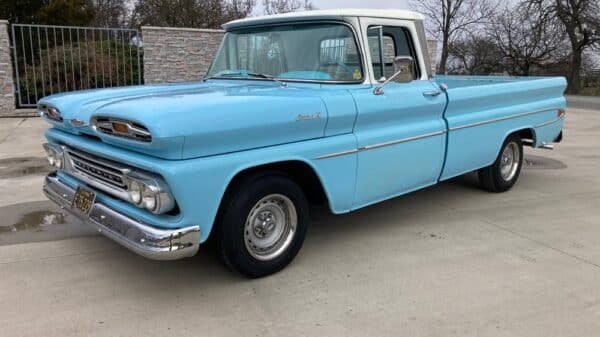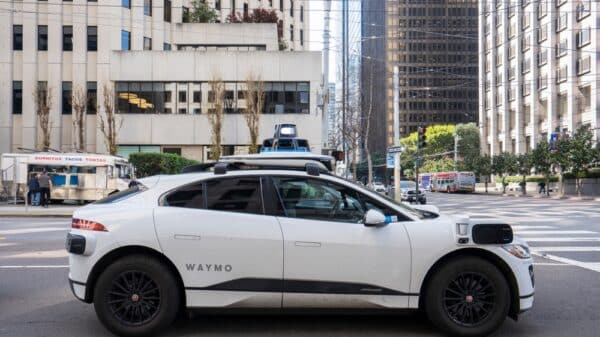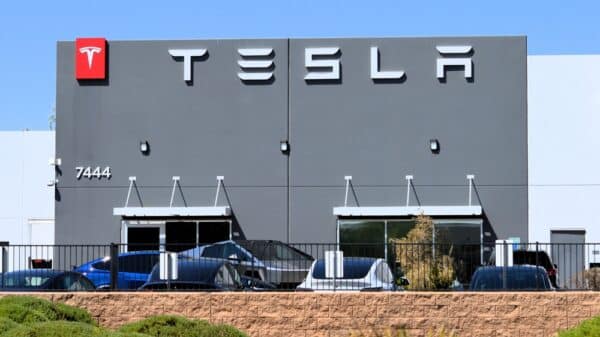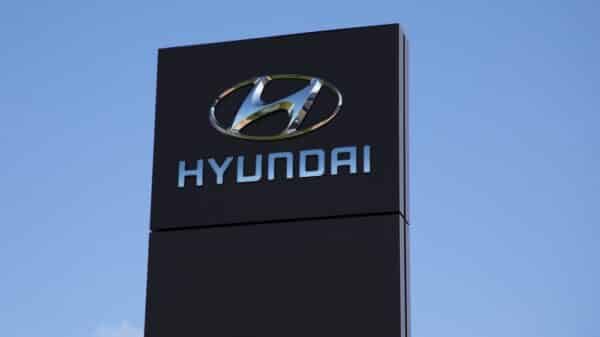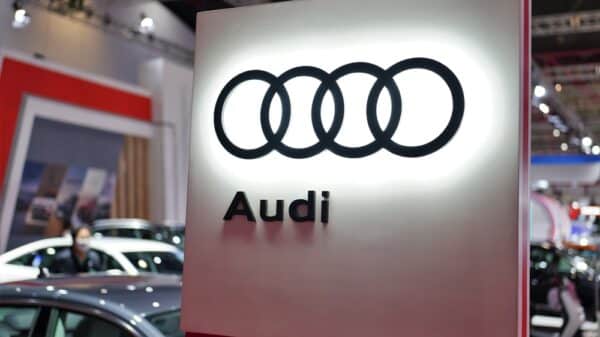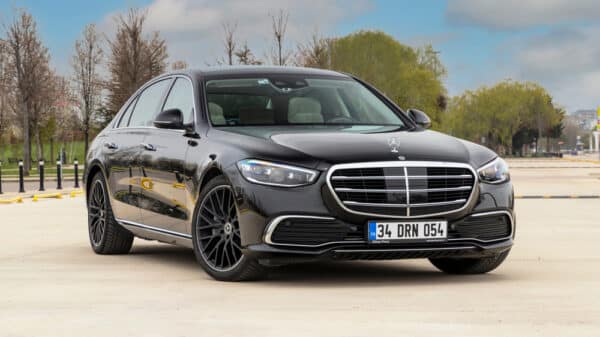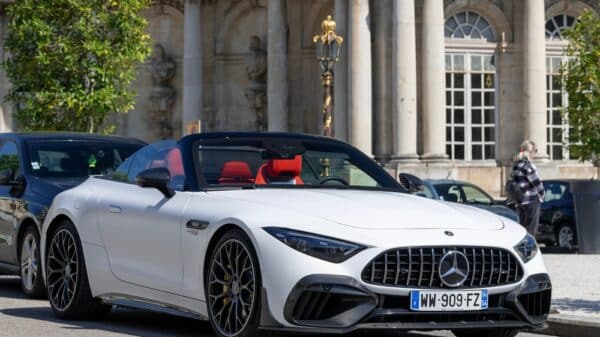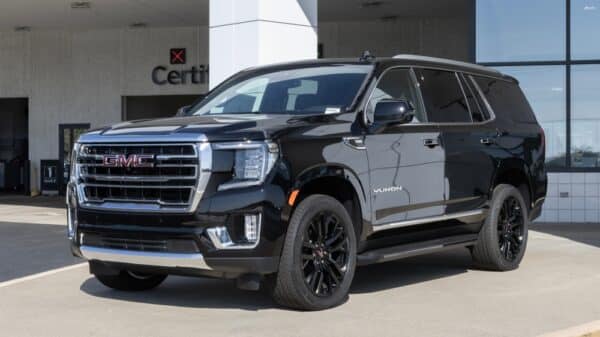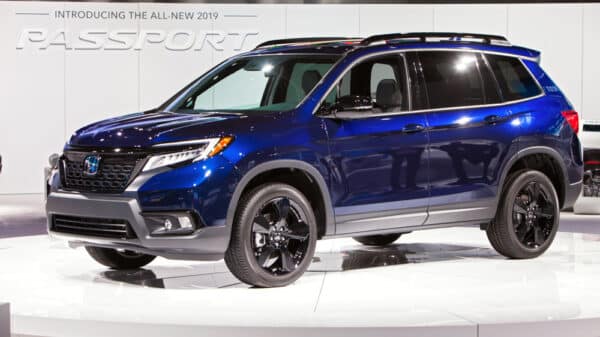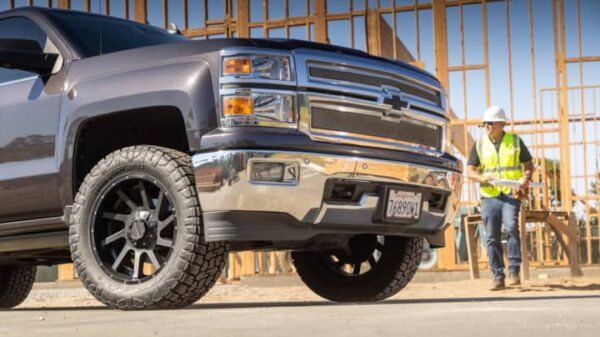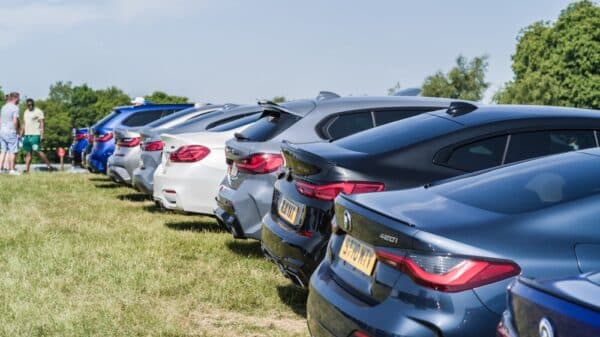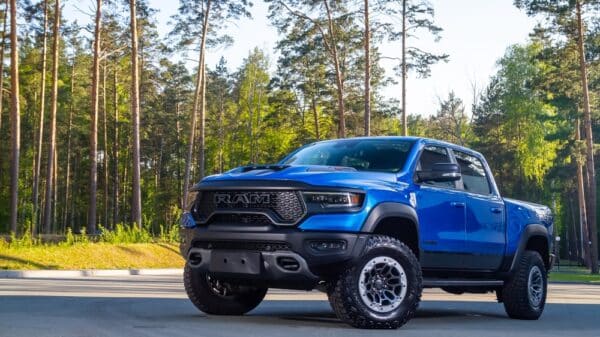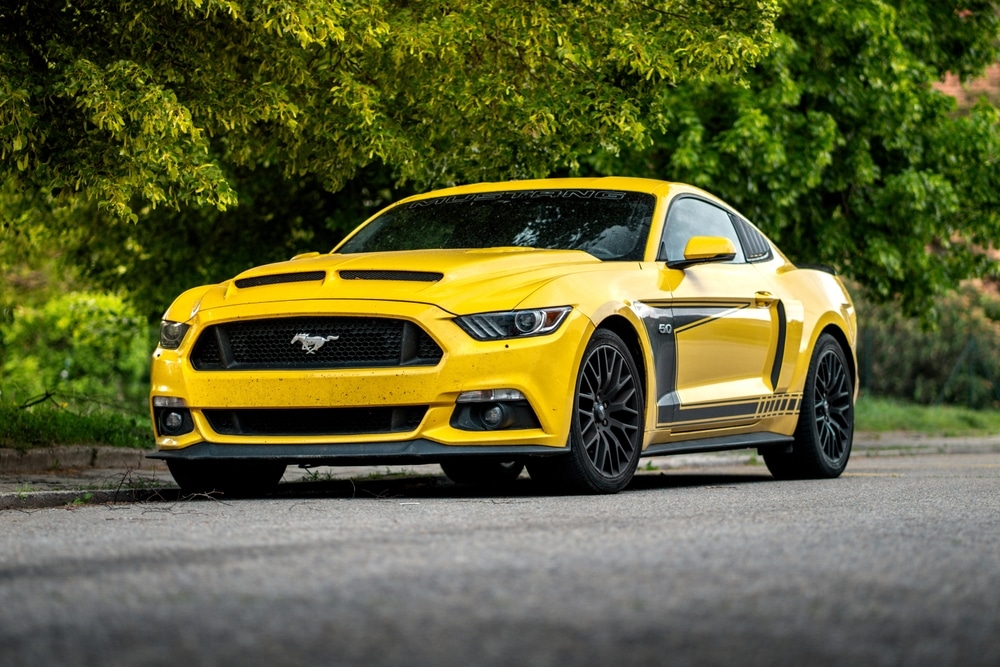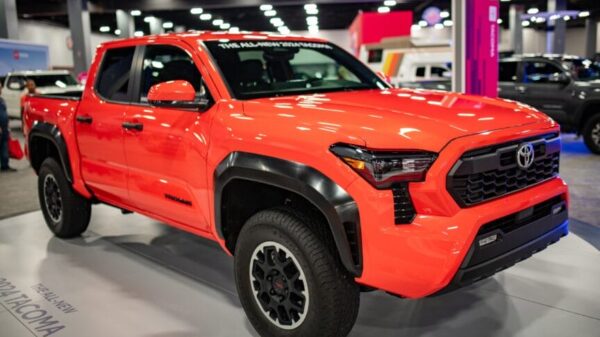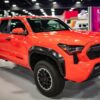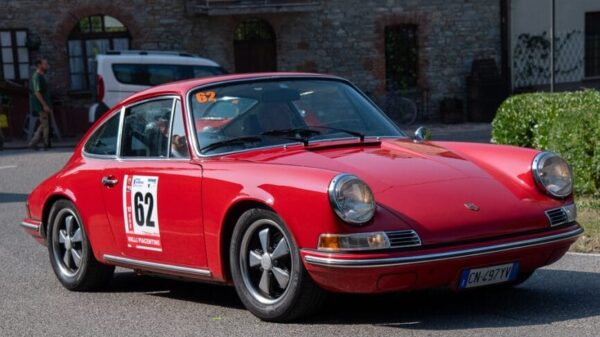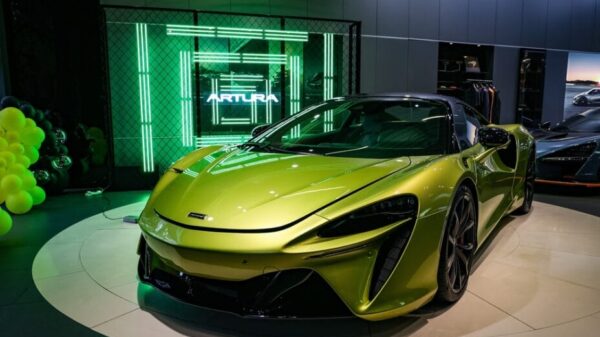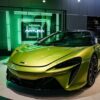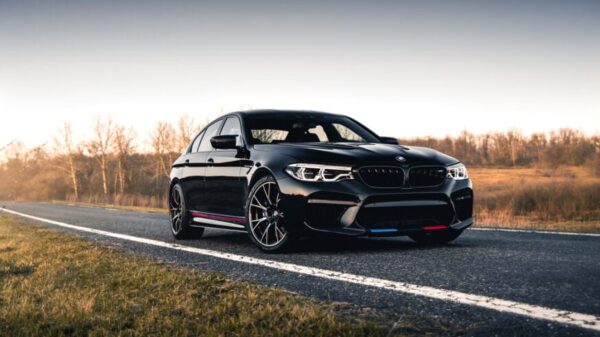Edmunds recently brought the excitement of drag racing into the realm of electrification by pitting the electrifying Dodge Charger Daytona EV against the powerful Ford Mustang Dark Horse in a thrilling U-drag race. It’s a battle of horsepower, torque, and advancements in technology, and for fans of muscle cars, this face-off was an electrifying spectacle.
When we talk about drag racing, it’s almost a given that electric vehicles (EVs) will lead the charge—quite literally. With their instant torque and advanced traction control systems, EVs are designed for quick launches. You push down on the accelerator of a strong EV and it surges ahead, leaving traditional combustion engines in its wake, at least in that crucial first sprint. However, the question remains: could a U-turn at the end of a drag race level the playing field for a lighter gas-powered car?
In the battle between the Dodge Charger Daytona EV and the Ford Mustang Dark Horse, the answer turns out to be a definitive no. On paper, the Mustang boasts a superior power-to-weight ratio that might suggest it should take the win. With 500 horsepower, the Mustang can propel itself from 0 to 60 mph in an impressive 3.7 seconds, but it faces off against the Charger’s Scat Pack variant that cranks out up to 670 horsepower and achieves 60 mph in just 3.3 seconds—granted, this was confirmed through independent testing, making the Charger not just a contender but a formidable opponent.
The U-drag format used in this contest is fascinating. It’s not just about who can zoom from point A to point B the fastest; it examines how well each vehicle can manage speed and cornering after this initial sprint. The race consists of a quick dash followed by a U-turn that tests a car’s braking and handling capabilities. Throughout the two races, the Charger consistently outpaced the Mustang, which, despite its agility and track focus, couldn’t maintain its close proximity as the Dodge raced ahead.
Sure, the Mustang handled better in those tight corners—its lighter frame allows for sharper turns, making it a real sports car in many respects. The Charger might feel more cumbersome, but it still displayed that raw, electric potency, pushing consistently forward even with the added weight. In the second race, with driver and lane swaps to keep things fair, the Mustang put on a strong performance as it pulled ahead out of the U-turn, but again, the Charger—powered by that immediate torque—outperformed the Mustang by the finish line.
Yet, it’s essential to acknowledge that the Dodge Charger Daytona EV hasn’t been without its controversies. Some reviewers have criticized it for lacking certain features that enthusiasts crave—like engaging in wicked burnouts—while others noted potential inconsistencies in its electrified powertrain. At InsideEVs, we’re eager to explore the Charger’s capabilities further in upcoming tests, ensuring you get the full picture of this electrifying muscle car.
In this dynamic showdown, we see the evolution of muscle cars where traditional power meets modern technology. It highlights not just the competing legacies of the American automotive brands, but the thrilling future of performance-driven electric vehicles. If you’re a fan of speed, power, and a sprinkle of nostalgia, the results of this battle between the Dodge and the Mustang is the kind of exhilarating story that makes you cheer for the relentless spirit of competition. Stay tuned for more updates as we dive deeper into the electrifying world of vehicles that make our hearts race.
Image Source: Jan Zabrodsky / Shutterstock

